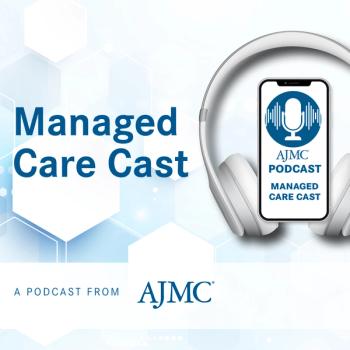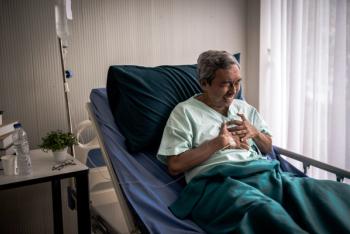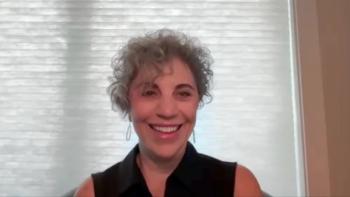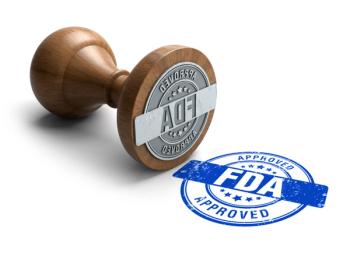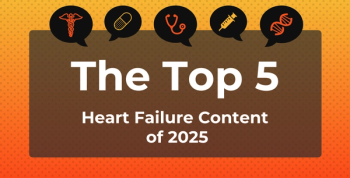
Early Diagnosis and Emerging Therapies in IPF Offer Hope: Marilyn Glassberg, MD
Marilyn Glassberg, MD, emphasizes the need for improved community education and highlights promising new drug pathways for idiopathic pulmonary fibrosis (IPF).
Diagnosing
In an interview with The American Journal of Managed Care®, Glassberg stressed the importance of community provider education and outreach to improve IPF detection. She also mentioned the hope that emerging therapies bring to pulmonary fibrosis management, including the
This transcript has been lightly edited; captions were auto-generated.
Transcript
What are the biggest challenges in diagnosing IPF early, and how can these be addressed at the community provider level?
Early diagnosis is difficult because patients don't have early symptoms, for the most part. By the time they're having cough and shortness of breath, they've got disease. We don't have a marker, we don't have a simple blood test, we don't have a simple urine test to be able to screen populations yet, although it's in the works. It's evolving, but we're not there yet, so early diagnosis is a problem. Where it's not a problem is in families who have idiopathic disease or multiple members that have developed fibrosis, because then the families are getting more educated, so they're coming in earlier and getting identified. At the community level, it's really a challenge, and this has been something we've been at for many, many years in terms of education. We need the primary care, the nurse practitioners, the physicians’ assistants, all of them to be attuned to when somebody says, "I'm short of breath," don't just think it's your heart, but work up your lungs. I think the community providers are doing better, but we have to do continuing education, really, and outreach to be able to reach all of these people.
Which emerging therapies or clinical trials for IPF or progressive pulmonary fibrosis do you find most promising right now, and how might they change the treatment paradigm?
Emerging therapies are exciting. We've had so many years of negative trials where we've really tried to look at different pathways and how somebody could get fibrosis, and all of those have failed. But we now, at this meeting, get some presentations on
Newsletter
Stay ahead of policy, cost, and value—subscribe to AJMC for expert insights at the intersection of clinical care and health economics.

